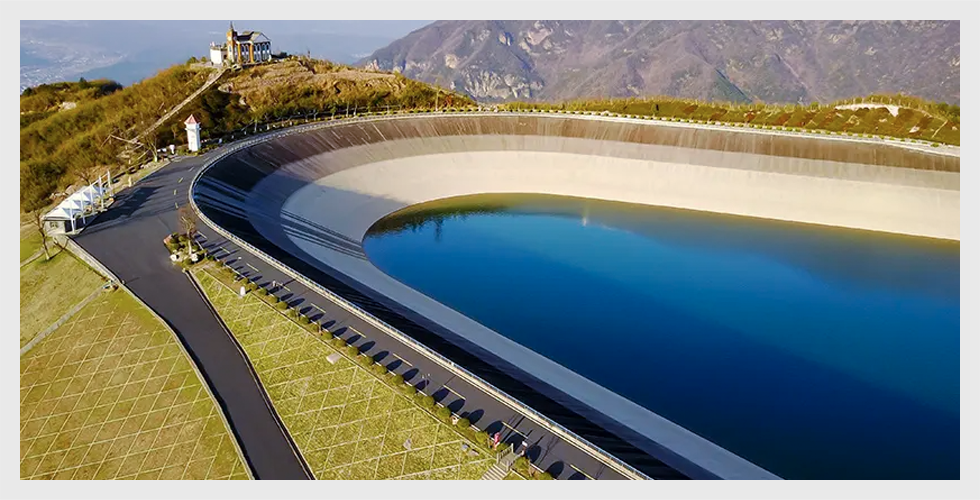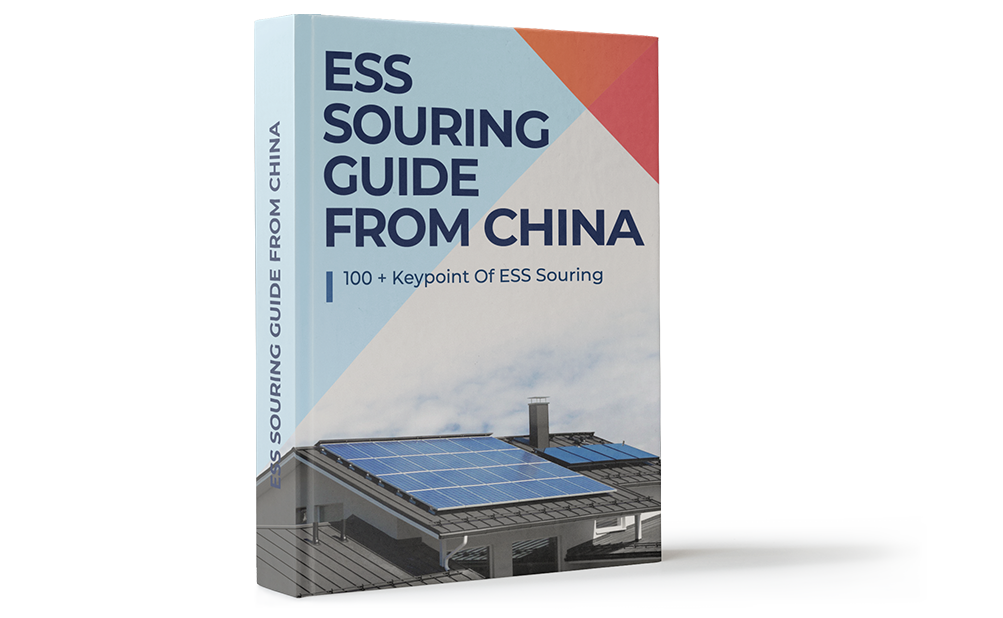Which energy is most commonly used in transportation? Oil is...
Read MoreWhich energy storage system is the best?
Pumped storage
Gravity is a powerful and unavoidable force, which has always surrounded us. At the same time, it is one of the most mature energy storage technologies and the basis of pumped storage power generation. Pumped storage power generation facilities are the most common type of energy storage today. In most of the last century, this kind of public utility scale gravity energy storage technology was adopted all over the world.

Because of the huge scale achieved through these applications, this is the most common megawatt based grid level energy storage type installed today.
Hydropower dams rely on water passing through turbines to generate electricity for grid applications. There are many different projects that use pumps to lift water into the pool behind the dam, creating an on-demand energy that can be quickly released and stored for future use. When the grid needs more energy, the water in this pool will be generated by turbines for use.

The pumped storage facility stores energy in the form of water in the upper reservoir, and pumps water from another reservoir at low altitude. During the period of high demand for electricity, the stored water is released through the turbine to generate electricity. When the power demand is low, the upper reservoir water will be pumped back to the upper reservoir for charging by using the low-cost power of the grid.
The pumped storage facility stores energy in the form of water in the upper reservoir and pumps water from another reservoir at a lower elevation. In the period of high power demand, like traditional hydropower stations, the turbine releases stored water to generate electricity. During periods of low demand (usually at night or on weekends, the cost of electricity is also low), the upper reservoir pumps water back to the upper reservoir for charging by using low-cost electricity from the grid.

As pumped storage is the consumption of water power and electricity generated in the pumping cycle from the lower reservoir to the upper reservoir, it is said that pumped storage power plants are net consumers of electricity. This is also the difference between traditional hydropower stations and pumped storage power stations. At the same time, the round-trip efficiency of these power grids is as high as 80%, so it is also efficient, and it can be reflected in the aspect of balancing the load in the entire power system n. The potential and price difference of key auxiliary grid services provided during peak and off peak periods may make pumped storage facilities very economical.
Advantages: fixed capacity and reserve (increment and decrement), reactive power, black start capability and rotation reserve. When generating electricity, the turbine generator can quickly respond to the frequency deviation as the traditional water power, thereby improving the overall balance and stability of the power grid. Engine motor excitation, which can be changed to increase the load and stable voltage of reactive power in turbine and pump mode. When there is no power generation or pumping, the machine can operate in the pressure regulating mode at the same time, or it can operate to provide rotating standby, providing the ability to quickly cut off load or balance excess power generation.

Sourcing Guide Download

Make a Enquiry Today!
FAQ
What can you do to make your transportation energy use more efficient?
What are the three types of energy storage? Regular maintenance...
Read MoreWhat are the three types of energy storage?
What are the three types of energy storage? Battery. There...
Read MoreWhich mode of transportation needs the most care in packaging?
Which mode of transportation needs the most care in packaging?...
Read MoreHow is power generation stored and transported?
How is power generation stored and transported? Electricity itself cannot...
Read MoreHow to improve energy storage?
How to improve energy storage? Innovative materials can improve the...
Read MoreWhich energy storage efficiency is the highest?
Which energy storage efficiency is the highest? Energy storage in...
Read MoreHow do storage batteries work?
How do storage batteries work? Battery storage systems can be...
Read More